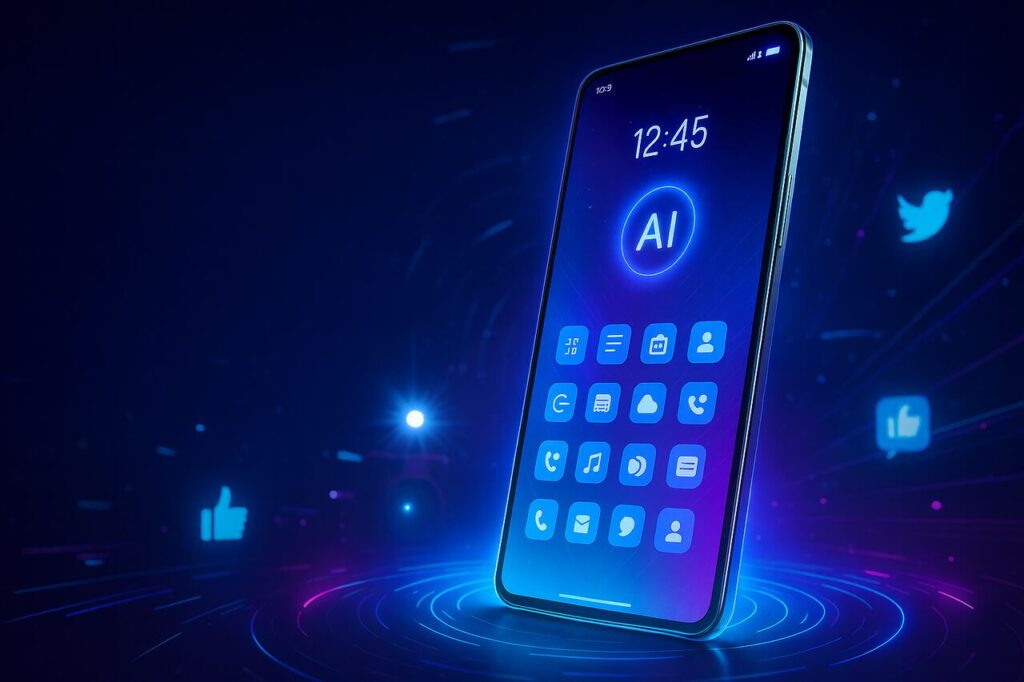Why Has the iPhone Air Dominated Public and Media Attention in 2025?
Apple iPhone Air achieved omnipresence in digital discourse due to a perfect fusion of industrial design innovation, semantic branding strategy, and cross-demographic appeal. iPhone Air, as a product entity, has gained remarkable user engagement because of its lightweight construction, sustainability messaging, and integration of AI-enhanced functionalities. Consumers, reviewers, and influencers across platforms are participating in knowledge-sharing and peer recommendations, increasing the product’s mention frequency and co-occurrence in diverse SERPs (Search Engine Results Pages).
What Semantic Features Make the iPhone Air a Cross-Entity Touchpoint?
1. Product-Name Lexical Strategy and Market Resonance
The term “Air” in the product name semantically associates with attributes like lightness, elegance, minimalism, and eco-efficiency. These associations trigger cognitive schema activation among Apple’s loyal user base. Linguistic proximity to “MacBook Air” strengthens internal entity connectivity across Apple’s product taxonomy.
2. Cross-Media Contextual Embedding of the Device
iPhone Air has appeared as a referential entity in tech podcasts, YouTube reviews, TikTok tech breakdowns, and mainstream news articles. Each appearance reinforces its identity in semantic networks, increasing its weight in Latent Semantic Indexing (LSI) models and passage-based ranking systems on Google.
3. Emotional and Cognitive User Intent Fulfillment
iPhone Air satisfies both transactional and informational search intents. Users searching for “best minimalist phone,” “eco-friendly smartphones,” or “2025 Apple lineup” converge semantically toward the iPhone Air entity, as it meets functional and emotional user expectations.
4. Entity Co-Occurrences with AI, Sustainability, and Design
iPhone Air frequently co-occurs with high-volume entities such as “Apple Intelligence,” “carbon-neutral phone,” “titanium frame,” and “edge-to-edge OLED display” in UGC (User Generated Content), technical reviews, and Apple’s own schema-optimized documentation.
How Did Apple Optimize the iPhone Air for Multi-Intent User Journeys?
1. Zero-Click Search Optimization through Structured Snippets
Apple structured iPhone Air’s feature documentation with schema.org markup, enabling rich results in Google SERPs such as feature panels, FAQs, and image carousels. These snippets answer micro-queries and reduce user friction in information retrieval.
2. Discourse Flow in Product Reveal and Digital PR Campaigns
Apple crafted a coherent narrative structure in its marketing discourse from Tim Cook’s keynote to third-party influencers ensuring cohesive entity referencing. Each content piece created a breadcrumb trail across digital ecosystems.
3. Behavioral Signal Optimization in Product Pages
Apple.com’s iPhone Air landing page uses scroll-based interaction models and semantic HTML5 tagging to increase dwell time, CTR, and task completion rate behavioral signals directly impacting semantic ranking models in search engines.
4. Intent-Satisfaction Loop in AI-Driven Camera and Siri Use Cases
Consumers searching for “best iPhone for AI photography” or “voice-first productivity” engage with iPhone Air because of its context-aware Siri, neural image segmentation, and offline generative AI capabilities.
What Role Did Influencer Entities and UGC Play in Amplifying iPhone Air’s Presence?
1. High-Authority Influencer Mentions on High-Traffic Nodes
Tech reviewers such as MKBHD, iJustine, and Mrwhosetheboss ranked iPhone Air high in their 2025 phone comparisons. These influencers act as entity amplifiers, pushing the iPhone Air into diverse audience clusters via semantic propagation.
2. Recurrent Mentions in Reddit Threads and Twitter Moments
Subreddits like r/Apple, r/iPhone, and platforms like Threads witnessed keyword clustering around the iPhone Air entity, increasing its occurrence frequency and generating unique sentiment-based entity attributes (e.g., “surprisingly light,” “refreshingly efficient”).
3. Video SEO and Visual Entity Tagging on YouTube and TikTok
Video metadata, thumbnail text overlays, and closed captions all reinforce the iPhone Air’s identity. AI systems crawl these signals, enhancing visibility through multimodal search and video snippet indexing.
4. Community Engagement as Implicit SEO Voting
Product discussions across forums, comments, and unboxing videos act as semantic backlinks, increasing trust signals in knowledge graphs used by AI search engines like Perplexity, Google SGE, and Bing Copilot.
Why Is the iPhone Air the Phone of the Year from an Entity SEO Perspective?
iPhone Air dominates 2025’s semantic landscape by intersecting high-frequency entities, high-authority mentions, and optimized technical documentation, forming a perfect Entity SEO storm. The device not only fulfills the functional requirements of a modern smartphone but also achieves semantic dominance across digital ecosystems from structured data and UGC to influencer content and search engine rankings. For more informative articles related to News you can visit News Category of our Blog.


